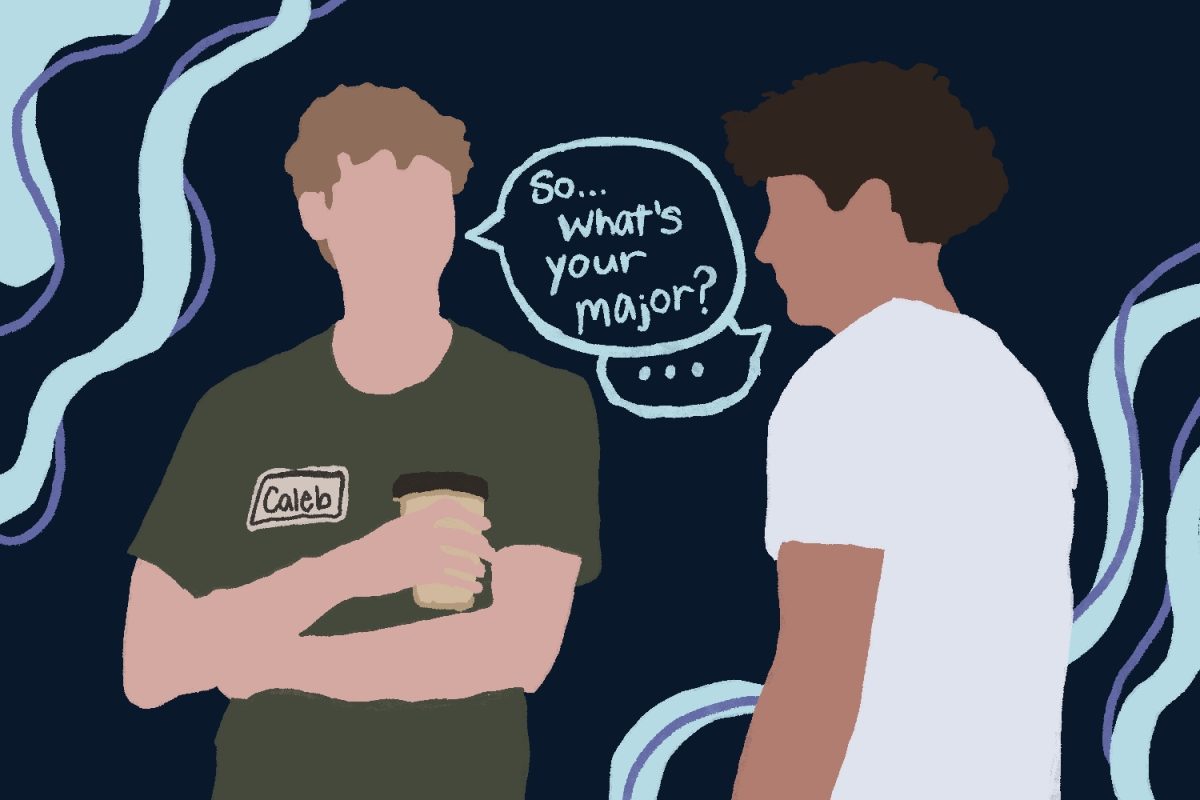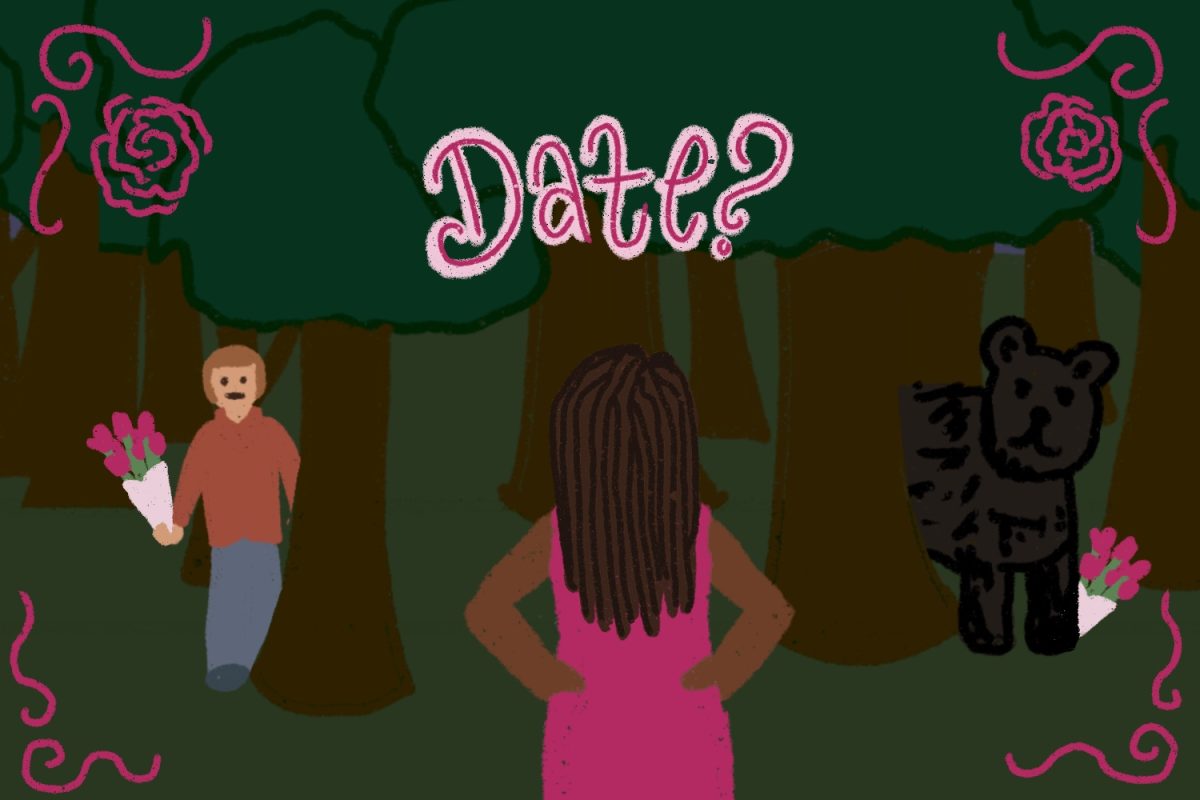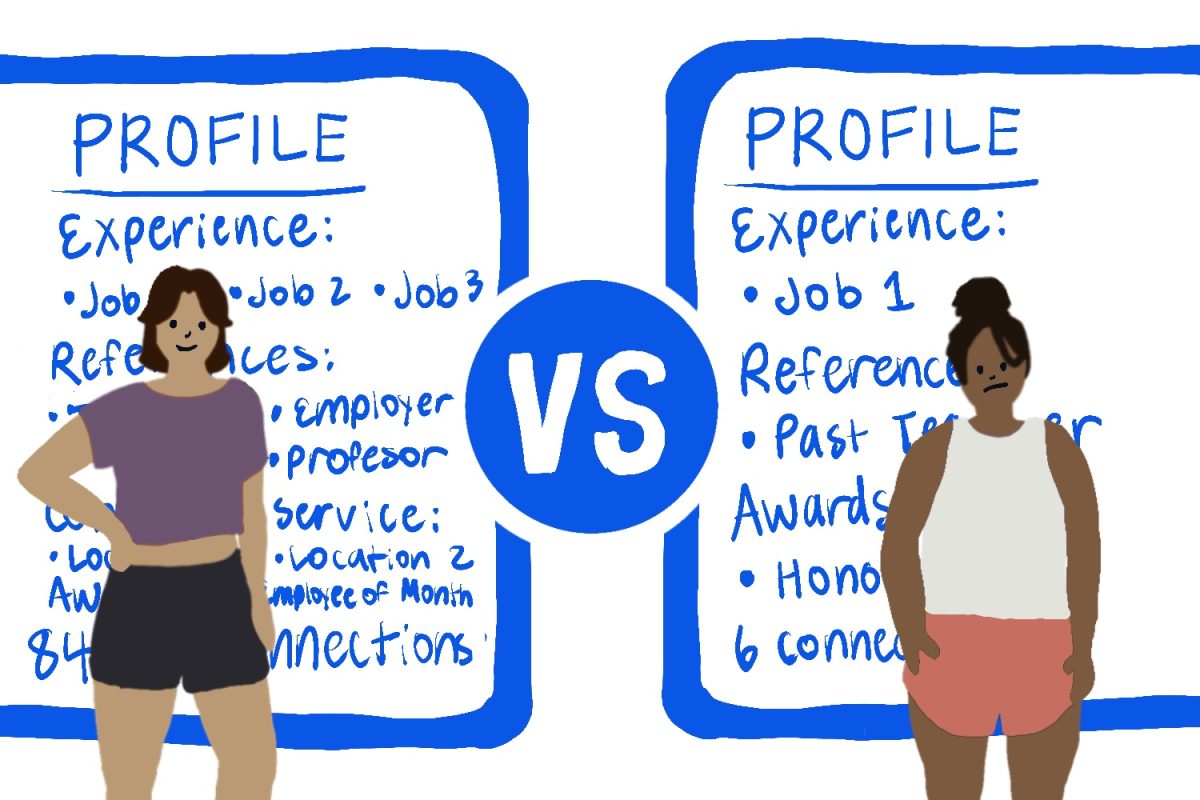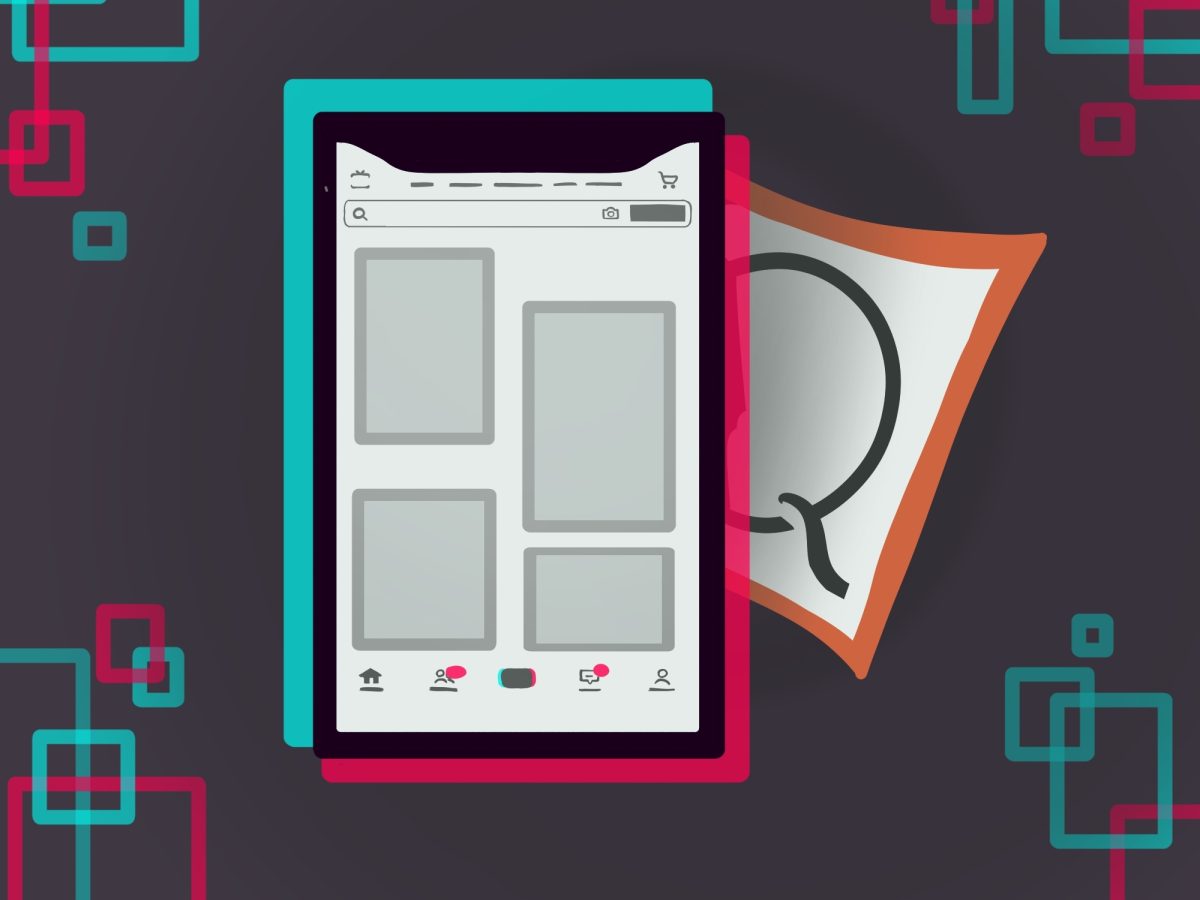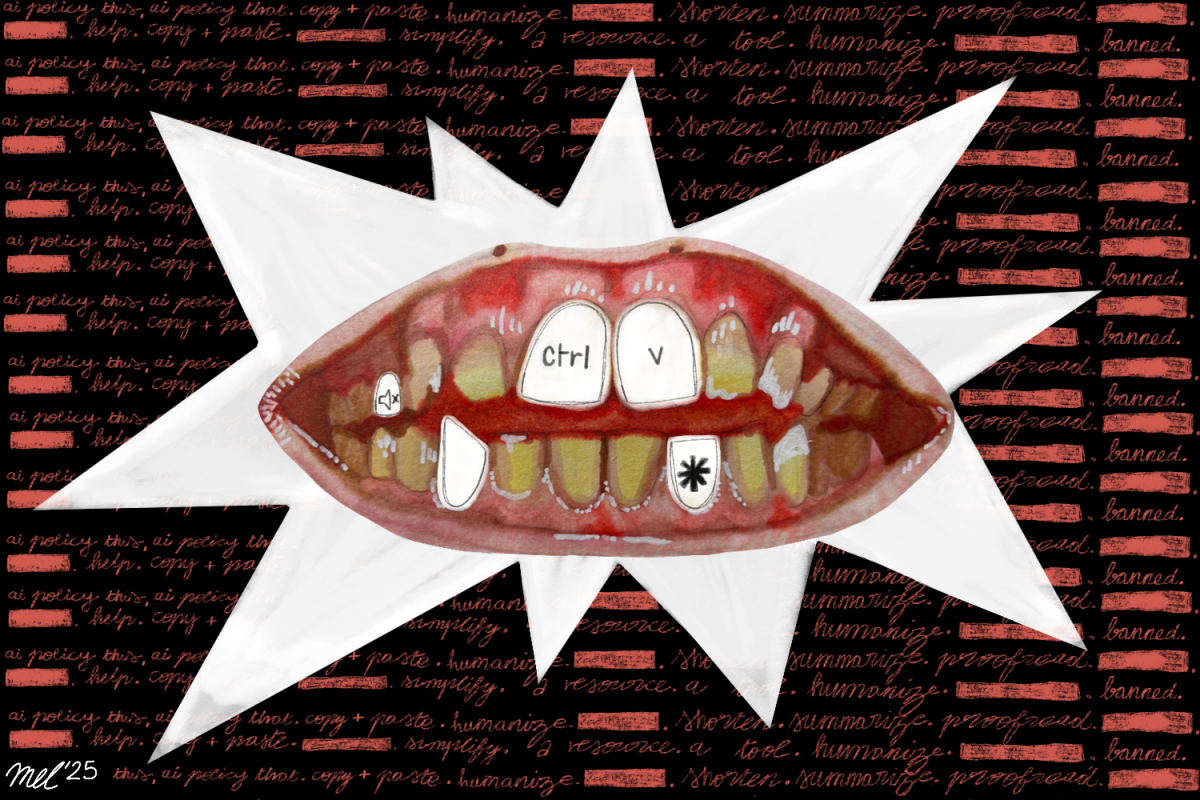Disney princess movies have been a pivotal element of entertainment for young girls for decades. From classics like “Snow White and the Seven Dwarfs” and “Beauty and the Beast” to modern flicks such as “Tangled” and “Frozen,” Disney movies consistently feature a female protagonist exploring, struggling and ultimately triumphing in her own respective universe.
With Disney princesses being such an integral part of mainstream entertainment for children, it is important to consider the messages and themes that these animated heroines convey to their young, impressionable fans. The release of the most recent Disney movie, “Moana,” marks how far Disney has come in creating storylines that represent a diverse body of young girls and teach them the significance of self-confidence and independence.
Don’t get me wrong, I love a good “Cinderella.” I’ve seen “The Little Mermaid” more than a handful of times. But, there’s something much more inspiring about a fierce leader like Mulan or a brave individual like Moana.
“Moana” is an effort made by Disney to create diversity among princesses, bringing forth representation for Polynesian audiences. She follows Tiana, the African-American princess in “The Princess and the Frog,” as well as Mulan, Jasmine and Pocahontas. As the first Disney princess film with romance not being a pivotal aspect of the plot, “Moana” hopefully illuminates the concept that women and girls do not need to depend on a man to accomplish their goals or to evaluate their self-worth.
Representation in the media is of utmost importance for women and minorities. In a global study of films from 2007 to 2012, females made up only 30.8 percent of speaking roles. Only 23 percent of protagonist roles were female. For all speaking roles, male or female, 75.8 percent were played by white actors. Clearly, there is a distinct lack of representation in the film industry.
America is made up of an incredibly diverse population. It is a shame to think that only a certain lifestyle is consistently portrayed in films and television — the lifestyle of straight white people. Perhaps, for example, a part of the reason that we don’t see many females in STEM fields is because these professions are dominated by men, even in fictional settings. Maybe young girls would be more interested in pursuing these fields if the media made them feel that these are valid career options for males and females alike. The 2016 revival of “Ghostbusters” comes to mind. The film was critiqued heavily for a variety of reasons, one of them being that it featured female protagonists, one of them African-American, with backgrounds in STEM fields. With such harsh backlash against female representation, progress in the media is likely to be slow.
Disney should use its powerful influence on young girls in the best way possible. Its most recent princess films are a step in the right direction. If other leaders in the film industry follow suit and create storylines about independent, ethnically diverse females, the young girls watching will take note and strive for greatness in their own endeavors.

























































































